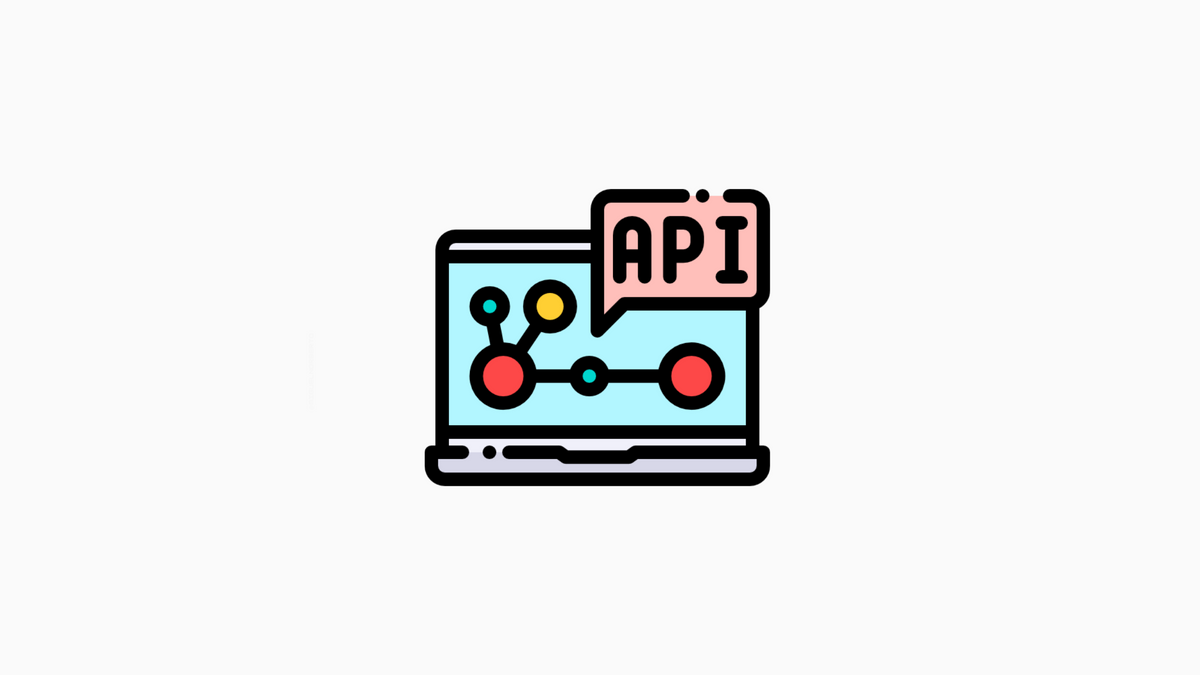What is an API?

API stands for an application programming interface. It is a set of rules that dictate how software programs can interact.
For example, an API can be used to allow two different applications to talk to each other, or it can be used internally by a single application to manage its interactions with other parts of the program.
How do APIs work?
When you use an application on your phone or visit a website, you use an API. APIs allow different applications to talk to each other and share data. For example, when you post a picture on Instagram, the Instagram API sends the image to Facebook so your friends can see it.
An API comprises two parts: the client and the server. The client is the application that requests data from the server. The server is the application that provides the data. Both applications need to know how to speak the same language to understand each other.
API stands for “Application Programming Interface.” An API defines how one application can talk to another by specifying what kinds of requests it will accept and what kind of responses it will send back.
What can you do with an API?
API stands for an application programming interface. APIs allow developers to access the functionality of an app or website from within their programs. This can be used to pull data from a third-party source or add new features to an existing app.
APIs can be public or private. Public APIs are open to anyone, while private APIs are only available to approved developers. Many large companies, such as Facebook and Google, have public APIs that allow developers to create apps and integrations with their services.
There are many different APIs, including social media APIs, payment processing APIs, and data management APIs. Each API has its own set of instructions that must be followed to use it.
APIs can be used for various purposes, including developing new products and services, marketing and advertising, data analysis, and more.
Conclusion
APIs are becoming more and more popular, and more businesses are starting to use them. This is because they are a great way to connect different systems and work together. As the popularity of APIs continues to grow, the future looks very promising for both businesses and consumers.